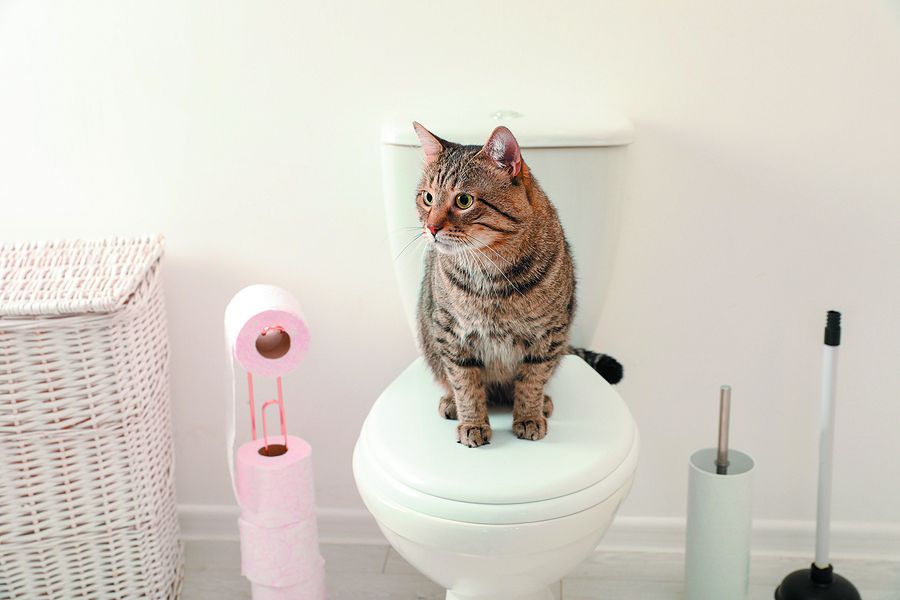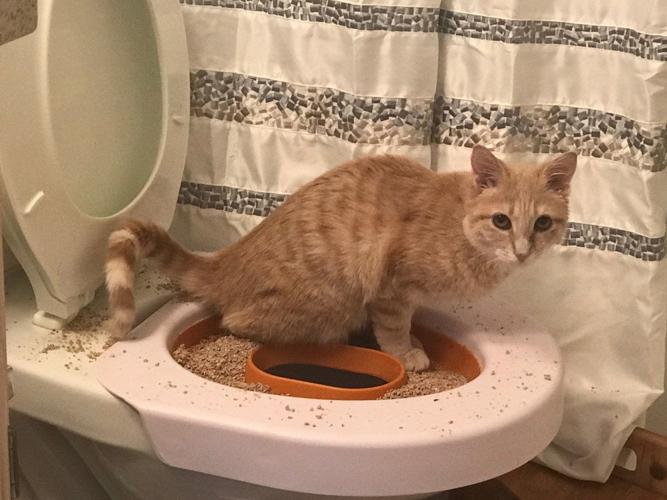On this page in the next paragraph you can get more good quality insights concerning How to Dispose of Cat Poop and Litter Without Plastic Bags.

Intro
As cat proprietors, it's necessary to bear in mind how we take care of our feline close friends' waste. While it might appear convenient to purge pet cat poop down the bathroom, this method can have harmful repercussions for both the environment and human health and wellness.
Alternatives to Flushing
Thankfully, there are safer and a lot more responsible ways to throw away cat poop. Consider the adhering to choices:
1. Scoop and Dispose in Trash
The most usual method of getting rid of feline poop is to scoop it into a naturally degradable bag and throw it in the trash. Make certain to use a committed clutter inside story and dispose of the waste promptly.
2. Usage Biodegradable Litter
Opt for naturally degradable feline litter made from materials such as corn or wheat. These litters are eco-friendly and can be securely disposed of in the garbage.
3. Hide in the Yard
If you have a yard, take into consideration hiding pet cat waste in an assigned area away from vegetable gardens and water sources. Make certain to dig deep adequate to prevent contamination of groundwater.
4. Install a Pet Waste Disposal System
Invest in a family pet garbage disposal system especially created for pet cat waste. These systems utilize enzymes to break down the waste, minimizing odor and environmental impact.
Health Risks
Along with ecological worries, flushing pet cat waste can additionally present health risks to human beings. Feline feces may have Toxoplasma gondii, a parasite that can cause toxoplasmosis-- a possibly severe ailment, especially for pregnant ladies and individuals with damaged body immune systems.
Environmental Impact
Flushing pet cat poop introduces harmful microorganisms and bloodsuckers into the water, positioning a substantial risk to aquatic environments. These impurities can negatively affect aquatic life and concession water quality.
Verdict
Responsible animal ownership expands past giving food and shelter-- it likewise includes proper waste management. By refraining from purging pet cat poop down the commode and opting for alternative disposal approaches, we can minimize our environmental impact and protect human wellness.
Why Can’t I Flush Cat Poop?
It Spreads a Parasite
Cats are frequently infected with a parasite called toxoplasma gondii. The parasite causes an infection called toxoplasmosis. It is usually harmless to cats. The parasite only uses cat poop as a host for its eggs. Otherwise, the cat’s immune system usually keeps the infection at low enough levels to maintain its own health. But it does not stop the develop of eggs. These eggs are tiny and surprisingly tough. They may survive for a year before they begin to grow. But that’s the problem.
Our wastewater system is not designed to deal with toxoplasmosis eggs. Instead, most eggs will flush from your toilet into sewers and wastewater management plants. After the sewage is treated for many other harmful things in it, it is typically released into local rivers, lakes, or oceans. Here, the toxoplasmosis eggs can find new hosts, including starfish, crabs, otters, and many other wildlife. For many, this is a significant risk to their health. Toxoplasmosis can also end up infecting water sources that are important for agriculture, which means our deer, pigs, and sheep can get infected too.
Is There Risk to Humans?
There can be a risk to human life from flushing cat poop down the toilet. If you do so, the parasites from your cat’s poop can end up in shellfish, game animals, or livestock. If this meat is then served raw or undercooked, the people who eat it can get sick.
In fact, according to the CDC, 40 million people in the United States are infected with toxoplasma gondii. They get it from exposure to infected seafood, or from some kind of cat poop contamination, like drinking from a stream that is contaminated or touching anything that has come into contact with cat poop. That includes just cleaning a cat litter box.
Most people who get infected with these parasites will not develop any symptoms. However, for pregnant women or for those with compromised immune systems, the parasite can cause severe health problems.
How to Handle Cat Poop
The best way to handle cat poop is actually to clean the box more often. The eggs that the parasite sheds will not become active until one to five days after the cat poops. That means that if you clean daily, you’re much less likely to come into direct contact with infectious eggs.
That said, always dispose of cat poop in the garbage and not down the toilet. Wash your hands before and after you clean the litter box, and bring the bag of poop right outside to your garbage bins.
https://trenchlesssolutionsusa.com/why-cant-i-flush-cat-poop/

As a devoted reader on How to Dispose of Cat Poop and Litter Without Plastic Bags, I thought sharing that section was worth the trouble. In case you liked our post kindly be sure to share it. Thanks a bunch for your time. Please pay a visit to our blog back soon.
See Availability
Comments on “Avoid Flush Cat Poop Down Your Toilet - Safeguard Your Plumbing Infrastructure”